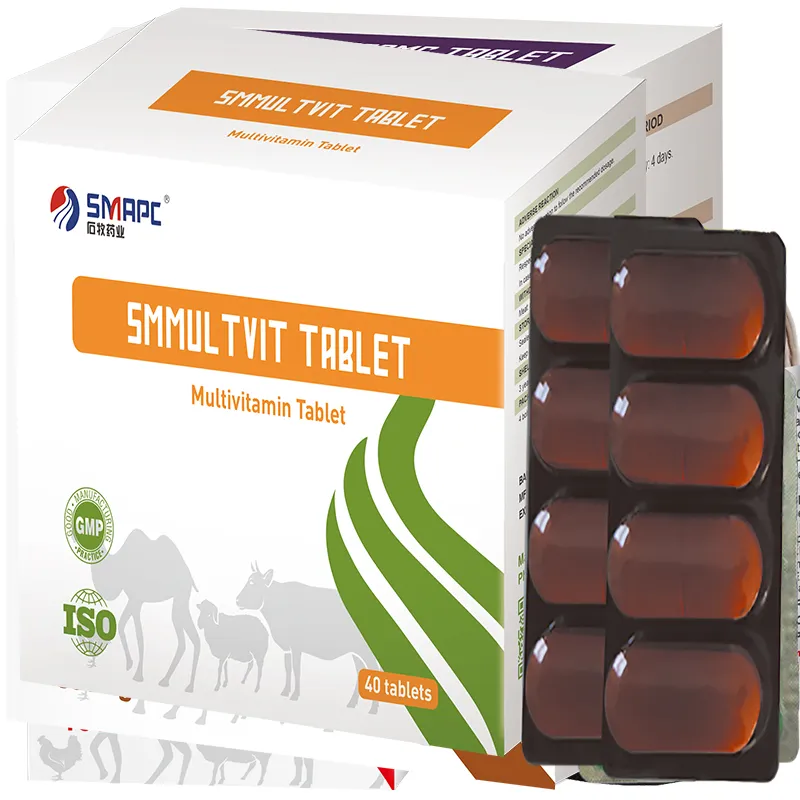As pet owners, we all want our beloved dogs to live long, healthy lives. One of the most effective ways to ensure their well-being is through proper nutrition, which includes providing essential vitamins and minerals. Understanding the significance of vitamins for adult dogs is crucial for maintaining their health and vitality.





